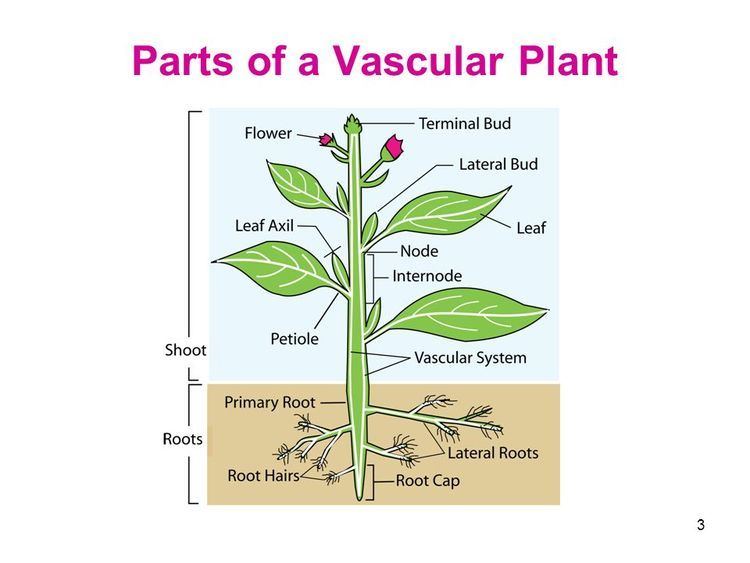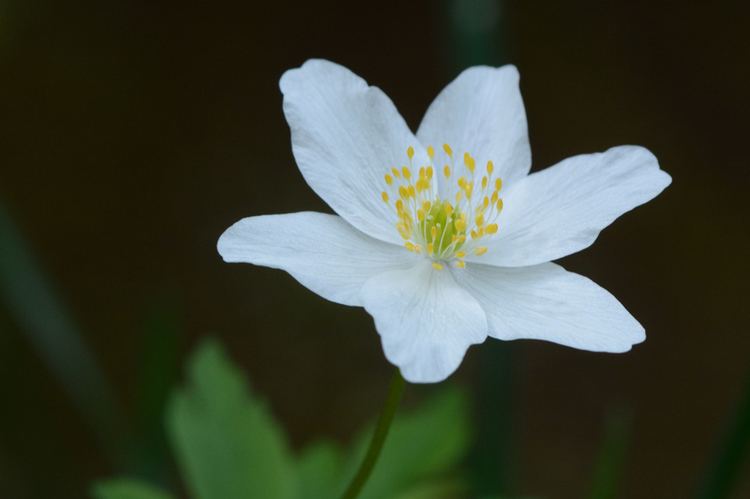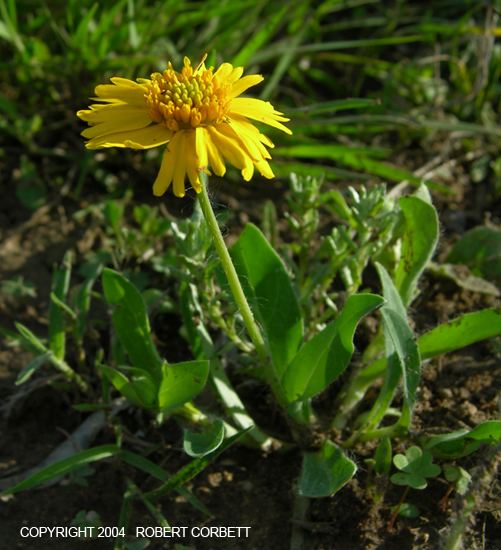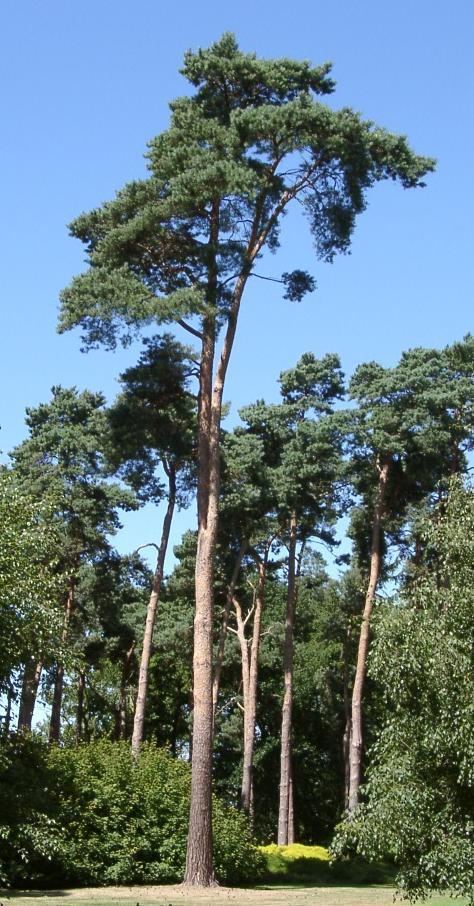Domain Eukaryota Rank Phylum | Scientific name Tracheophyta Higher classification Embryophyte | |
 | ||
Lower classifications Magnoliopsida, Liliopsida, Lycopodiopsida, Equisetopsida, Psilotales | ||
Vascular plants winning crash course biology 37
Vascular plants (from Latin vasculum: duct), also known as tracheophytes (from the equivalent Greek term trachea) and also higher plants, form a large group of plants (c. 308,312 accepted known species ) that are defined as those land plants that have lignified tissues (the xylem) for conducting water and minerals throughout the plant. They also have a specialized non-lignified tissue (the phloem) to conduct products of photosynthesis. Vascular plants include the clubmosses, horsetails, ferns, gymnosperms (including conifers) and angiosperms (flowering plants). Scientific names for the group include Tracheophyta and Tracheobionta.
Contents
- Vascular plants winning crash course biology 37
- Seedless vascular plants ferns
- Characteristics
- Phylogeny
- Nutrient distribution
- Transpiration
- Absorption
- Conduction
- References

Seedless vascular plants ferns
Characteristics
Vascular plants are distinguished by two primary characteristics:

- Vascular plants have vascular tissues which distribute resources through the plant. This feature allows vascular plants to evolve to a larger size than non-vascular plants, which lack these specialized conducting tissues and are therefore restricted to relatively small sizes.
- In vascular plants, the principal generation phase is the sporophyte, which is usually diploid with two sets of chromosomes per cell. Only the germ cells and gametophytes are haploid. By contrast, the principal generation phase in non-vascular plants is the gametophyte, which is haploid with one set of chromosomes per cell. In these plants, only the spore stalk and capsule are diploid.

One possible mechanism for the presumed switch from emphasis on the haploid generation to emphasis on the diploid generation is the greater efficiency in spore dispersal with more complex diploid structures. In other words, elaboration of the spore stalk enabled the production of more spores, and enabled the development of the ability to release them higher and to broadcast them farther. Such developments may include more photosynthetic area for the spore-bearing structure, the ability to grow independent roots, woody structure for support, and more branching.
Phylogeny

A proposed phylogeny of the vascular plants after Kenrick and Crane is as follows, with modification to the gymnosperms from Christenhusz et al. (2011a), Pteridophyta from Smith et al. and lycophytes and ferns by Christenhusz et al. (2011b)
This phylogeny is supported by several molecular studies. Other researchers state that taking fossils into account leads to different conclusions, for example that the ferns (Pteridophyta) are not monophyletic.
Nutrient distribution

Water and nutrients in the form of inorganic solutes are drawn up from the soil by the roots and transported throughout the plant by the xylem. Organic compounds such as sucrose produced by photosynthesis in leaves are distributed by the phloem sieve tube elements.
The xylem consists of vessels in flowering plants and tracheids in other vascular plants, which are dead hard-walled hollow cells arranged to form files of tubes that function in water transport. A tracheid cell wall usually contains the polymer lignin. The phloem however consists of living cells called sieve-tube members. Between the sieve-tube members are sieve plates, which have pores to allow molecules to pass through. Sieve-tube members lack such organs as nuclei or ribosomes, but cells next to them, the companion cells, function to keep the sieve-tube members alive.
Transpiration
The most abundant compound in all plants, as in all cellular organisms, is water which serves an important structural role and a vital role in plant metabolism. Transpiration is the main process of water movement within plant tissues. Water is constantly transpired from the plant through its stomata to the atmosphere and replaced by soil water taken up by the roots. The movement of water out of the leaf stomata creates a transpiration pull or tension in the water column in the xylem vessels or tracheids. The pull is the result of water surface tension within the cell walls of the mesophyll cells, from the surfaces of which evaporation takes place when the stomata are open. Hydrogen bonds exist between water molecules, causing them to line up; as the molecules at the top of the plant evaporate, each pulls the next one up to replace it, which in turn pulls on the next one in line. The draw of water upwards may be entirely passive and can be assisted by the movement of water into the roots via osmosis. Consequently, transpiration requires very little energy to be used by the plant. Transpiration assists the plant in absorbing nutrients from the soil as soluble salts.
Absorption
Living root cells passively absorb water in the absence of transpiration pull via osmosis creating root pressure. It is possible for there to be no evapotranspiration and therefore no pull of water towards the shoots and leaves. This is usually due to high temperatures, high humidity, darkness or drought.
Conduction
Xylem and phloem tissues are involved in the conduction processes within plants. Sugars are conducted throughout the plant in the phloem, water and other nutrients through the xylem. Conduction occurs from a source to a sink for each separate nutrient. Sugars are produced in the leaves (a source) by photosynthesis and transported to the growing shoots and roots (sinks) for use in growth, cellular respiration or storage. Minerals are absorbed in the roots (a source) and transported to the shoots to allow cell division and growth.
